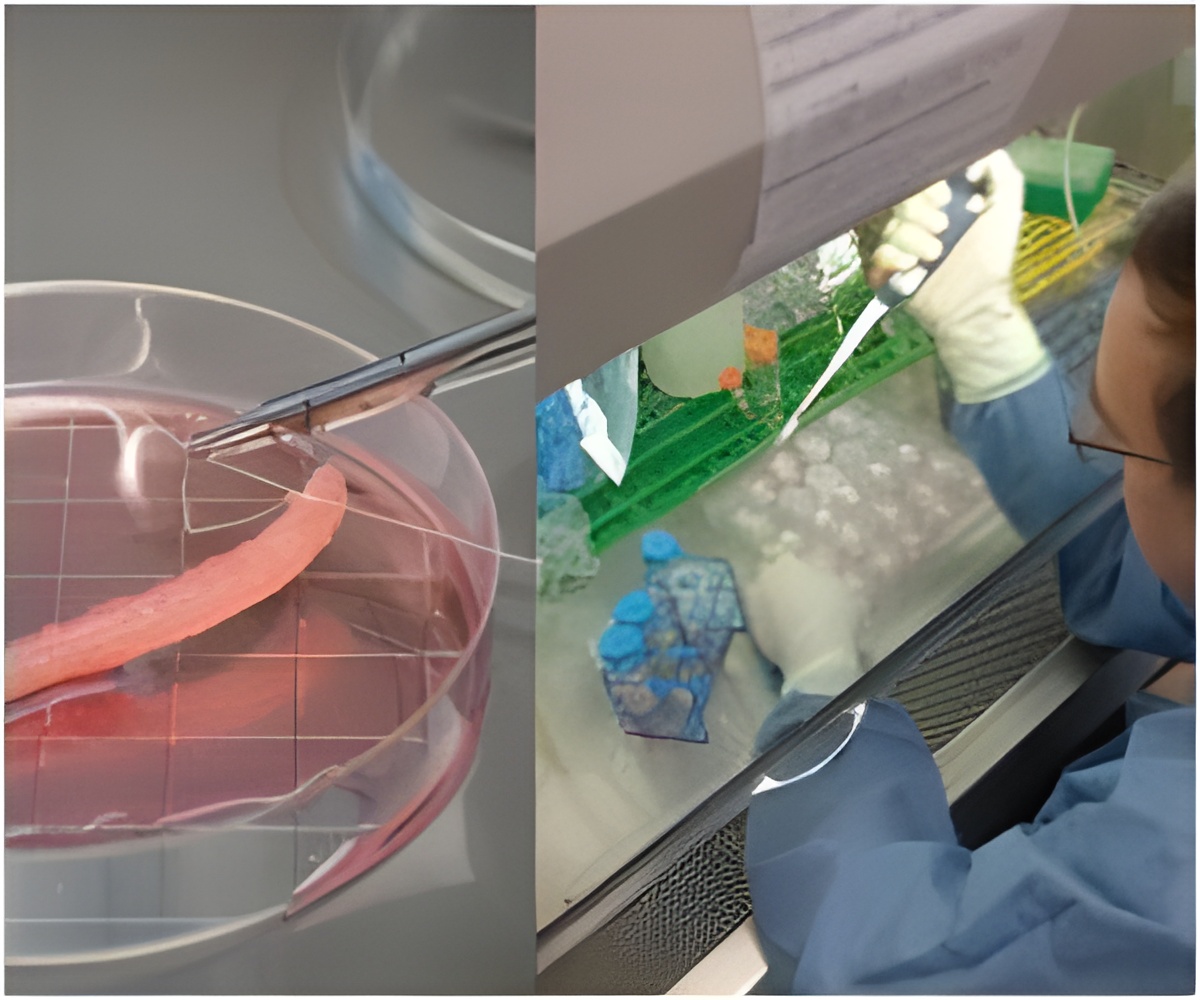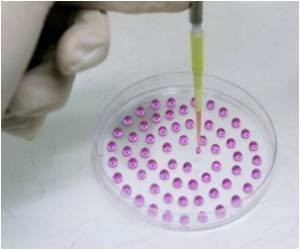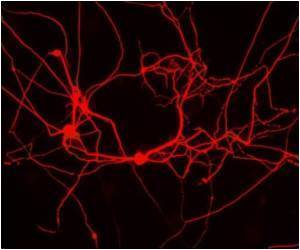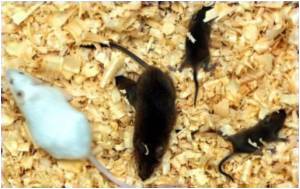Accurate blend of minute particles and multicolor dyes changes gelatin into a realistic replacement for human tissue mimicking what is known as "phantoms" providing a precise proving platform for new photoacoustic and ultrasonic imaging technologies. "The ability to provide phantoms that are capable of mimicking desired properties of soft tissue is critical to advance the development of new, more-accurate imaging technologies," said Stanislav Emelianov of the University of Texas at Austin and co-author of a paper appearing in the Optical Society's (OSA) open-access journal
Biomedical Optics Express that describes an improved method for fabricating tissue phantoms.
Ultrasonic imaging uses high-frequency acoustic pulses to probe the structure of tissues. Another technique, photoacoustic imaging, uses low-energy laser pulses to create tiny acoustic waves that propagate through tissues. Certain tissues and materials (e.g. blood, nanoparticles used in certain tests, and fluorescent dyes), however, readily absorb the optical wavelengths typically used in photoacoustic imaging. By combining acoustic and photoacoustic imaging techniques, it's possible to create a more comprehensive picture of soft tissues. Designing effective imaging devices that can concurrently harness these two technologies, however, requires true-to-life phantoms. Emelianov and his colleagues have met this need by designing and testing a novel combination of additives that enable gelatin to acquire acoustical and optical properties that accurately match soft tissue in humans.
To match the acoustical properties, the researchers added 40-micron silica spheres to the gelatin. These particles help scatter the acoustical signal, matching the behavior of normal tissue. An emulsion of fat was also used to attenuate, or absorb, the acoustical signal. The fat additive also enhanced optical scattering of the mixture. The final ingredients were commercial dyes – India ink, Direct Red 81, and Evans blue – which provided similar optical absorption to natural tissues.
"These combined characteristics are of particular value because of the growing use of combined ultrasonic and photoacoustic imaging in clinical and preclinical research," says Emelianov. "Furthermore, there has been increased interest in utilizing these combined technologies in clinical applications, such as vascular imaging, lymph node assessment, and atherosclerotic plaque characterization."
Source-Eurekalert










